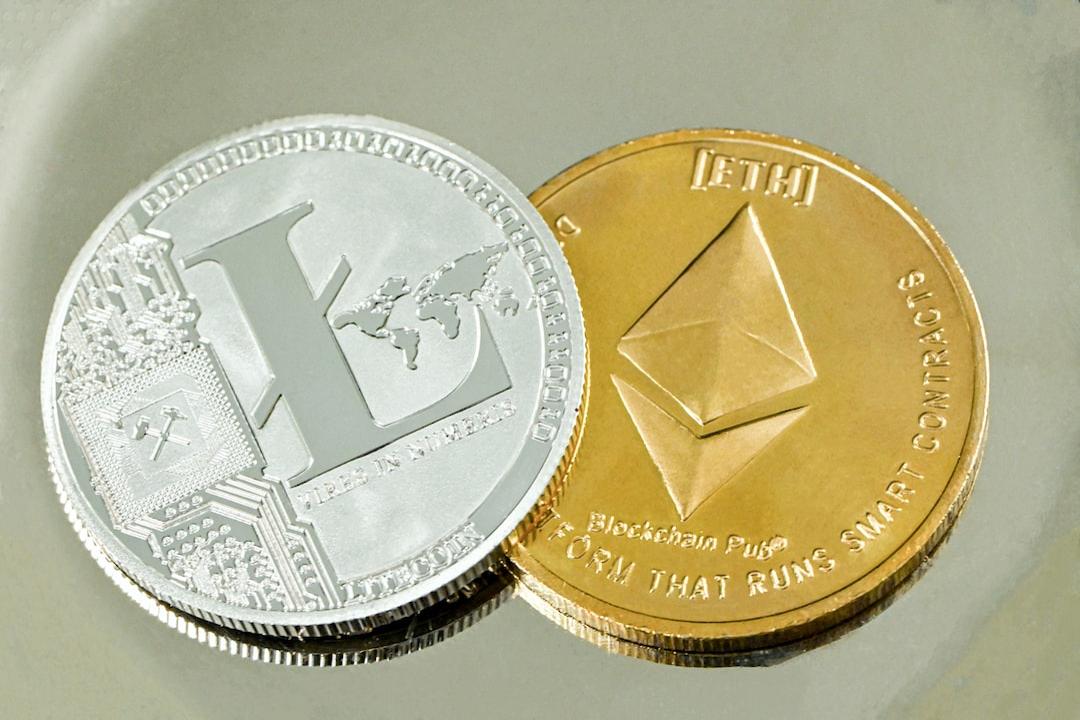Bitcoin’s transaction fees have reached a five-year low, despite the surge in Rune token activity. On April 20th, there was a significant drop in transaction fees, even though there were high-value transactions. This unexpected decrease in fees has caused some concern for average users.
Runner’s analysis shows that Bitcoin’s daily average transaction fees are lower than the peak figures seen in late 2017 and early 2018. This reduction comes at a time when there has been increased Rune activity, similar to what was seen when the BRC-20 token standard was first introduced last year.
Initially, the adoption of Rune caused an increase in Bitcoin’s transaction fees, but the impact of this standard is gradually subsiding. The high gas fees for average users remain a concern, but the recent drop in transaction rates may indicate that the situation is improving. The network has shown its resilience in the face of increased Rune activity, suggesting a level of stability.
This demonstrates that Bitcoin has been able to withstand transaction spikes and fee hikes in the past. The current situation presents a challenge of balancing the increased demand for blockchain activity with the block’s capacity to handle it without a significant fee increase.
For Bitcoin miners, the Rune transaction activity presents an opportunity. The rise in Rune traffic can act as a buffer for miners, especially considering the recent Bitcoin halving event, which reduced transaction fees. This allows miners to benefit from the increased demand while helping to maintain network stability.
In contrast, Ethereum’s development team has implemented upgrades to decrease transaction fees, while Bitcoin’s core development team has not made any plans for such changes. Despite the increase in Bitcoin transactions, no efforts have been made to reduce fees, unlike Ethereum’s constant upgrades.

